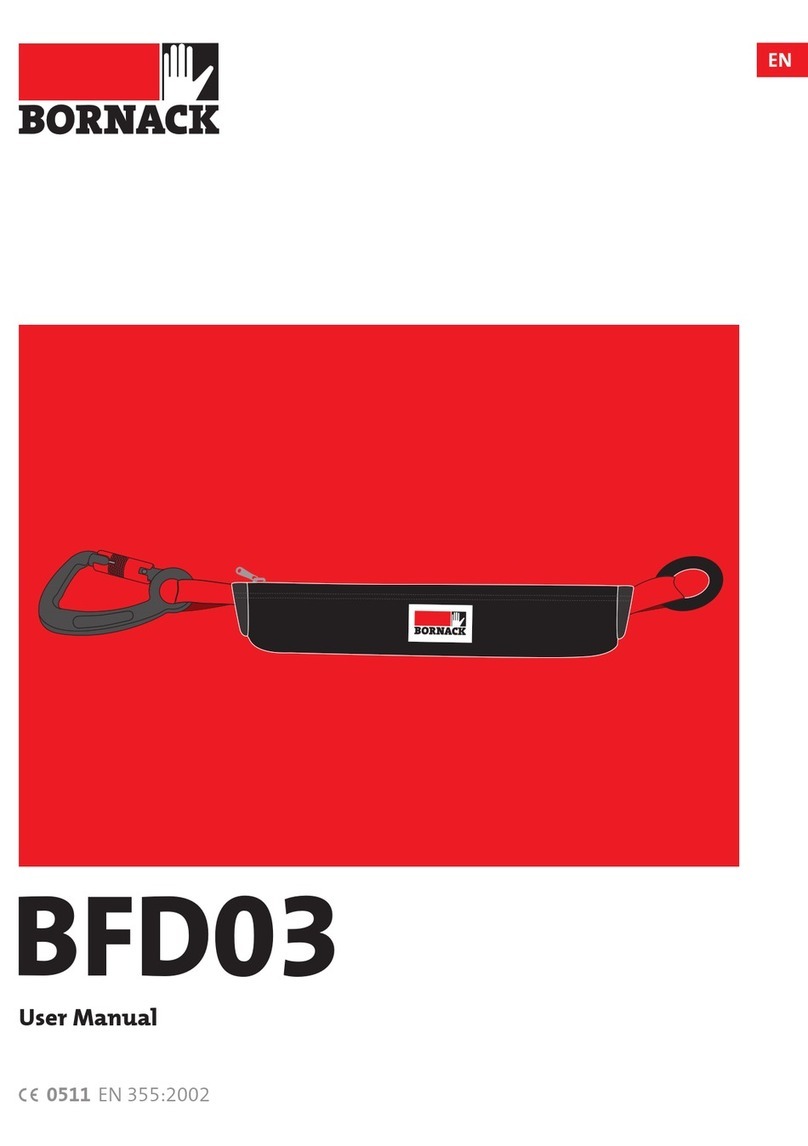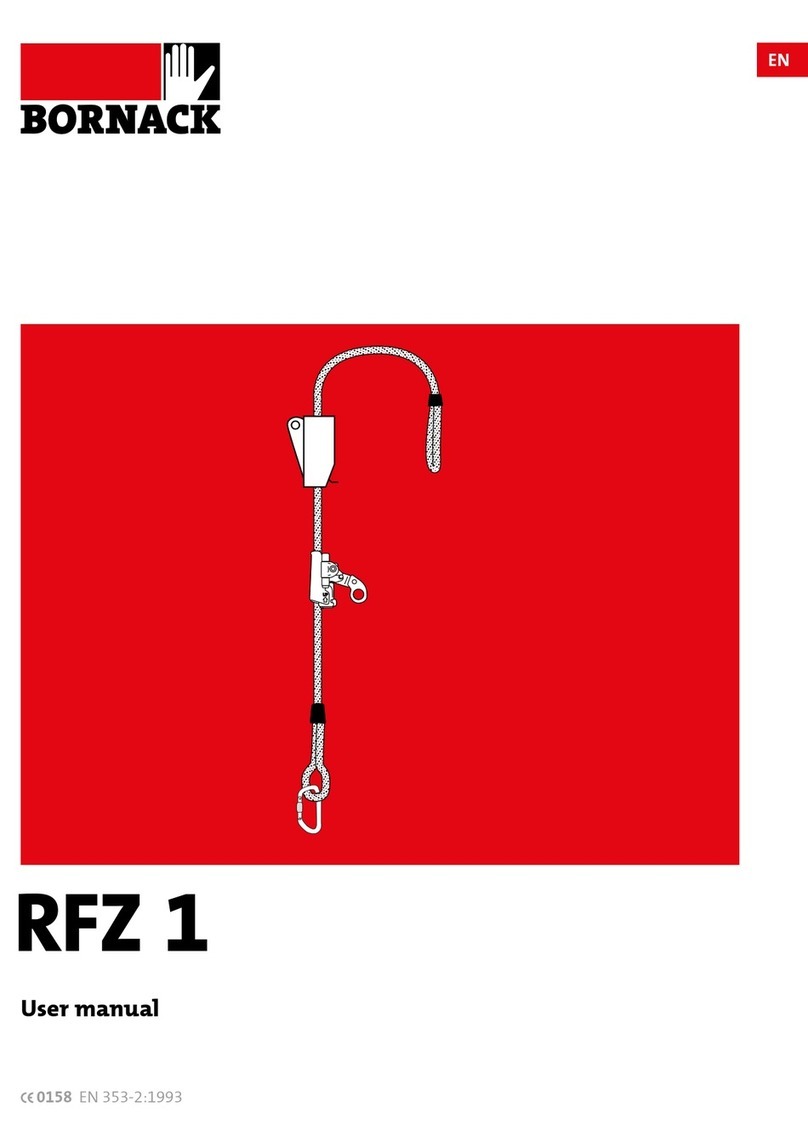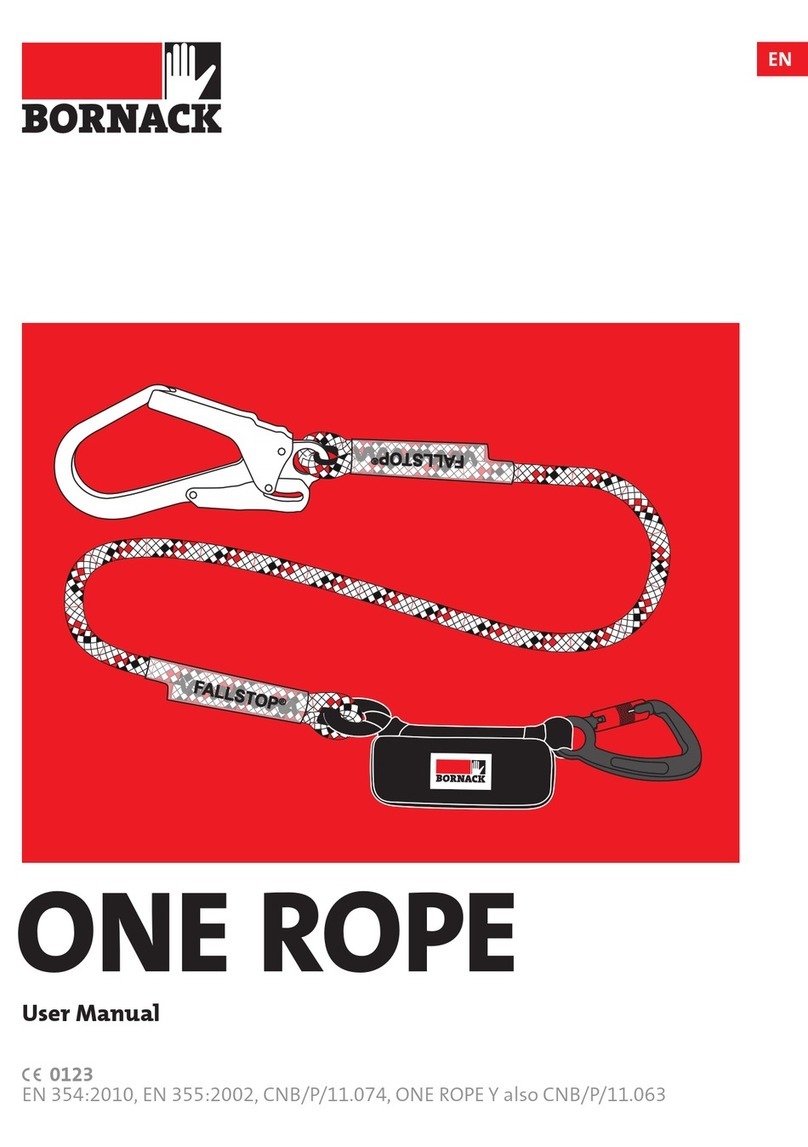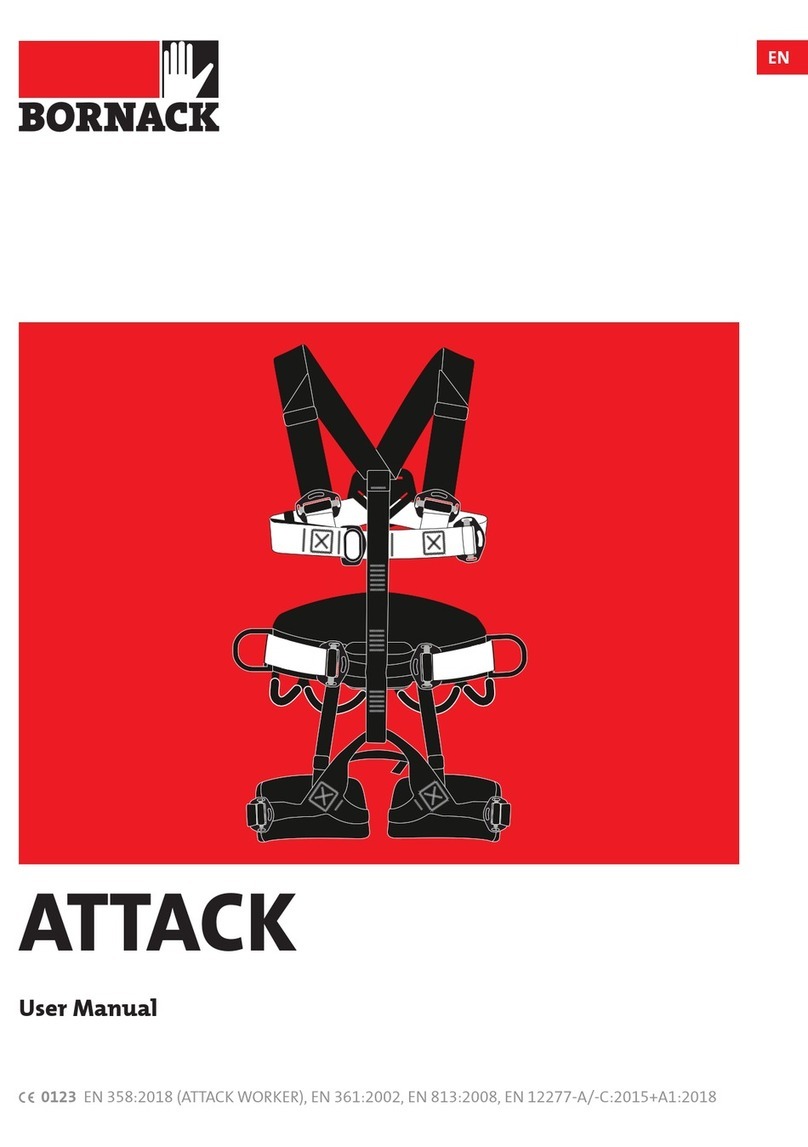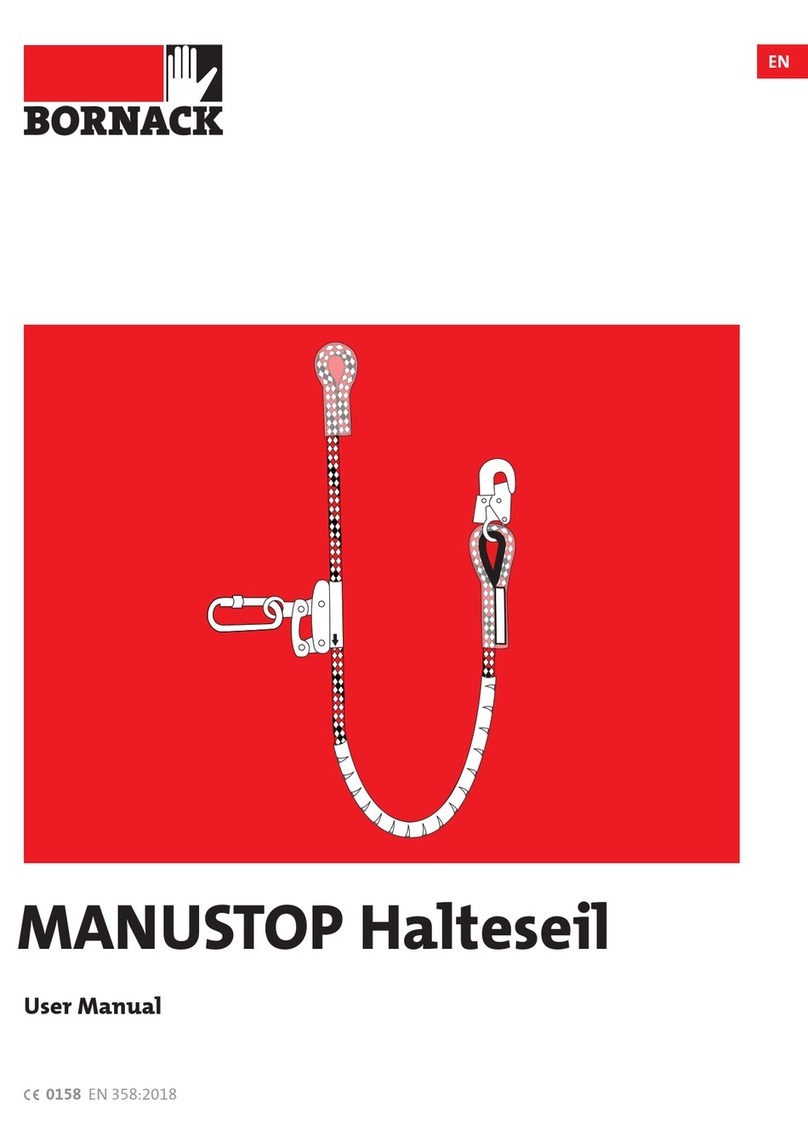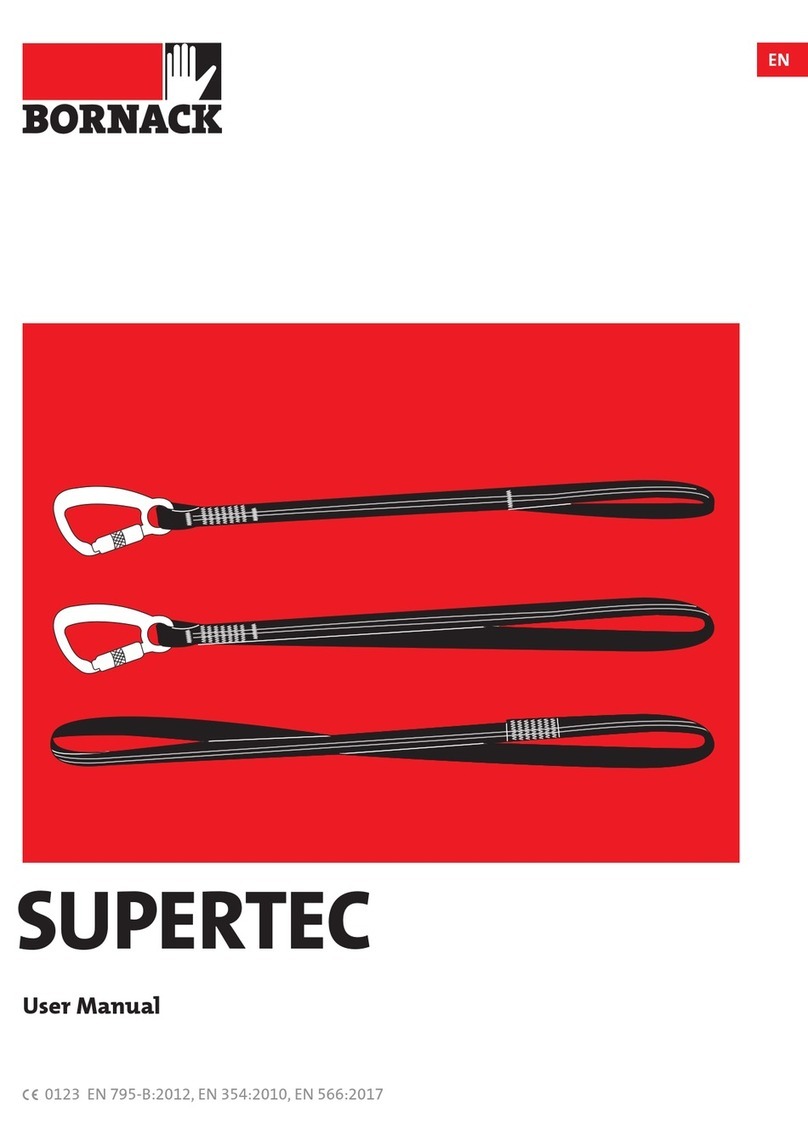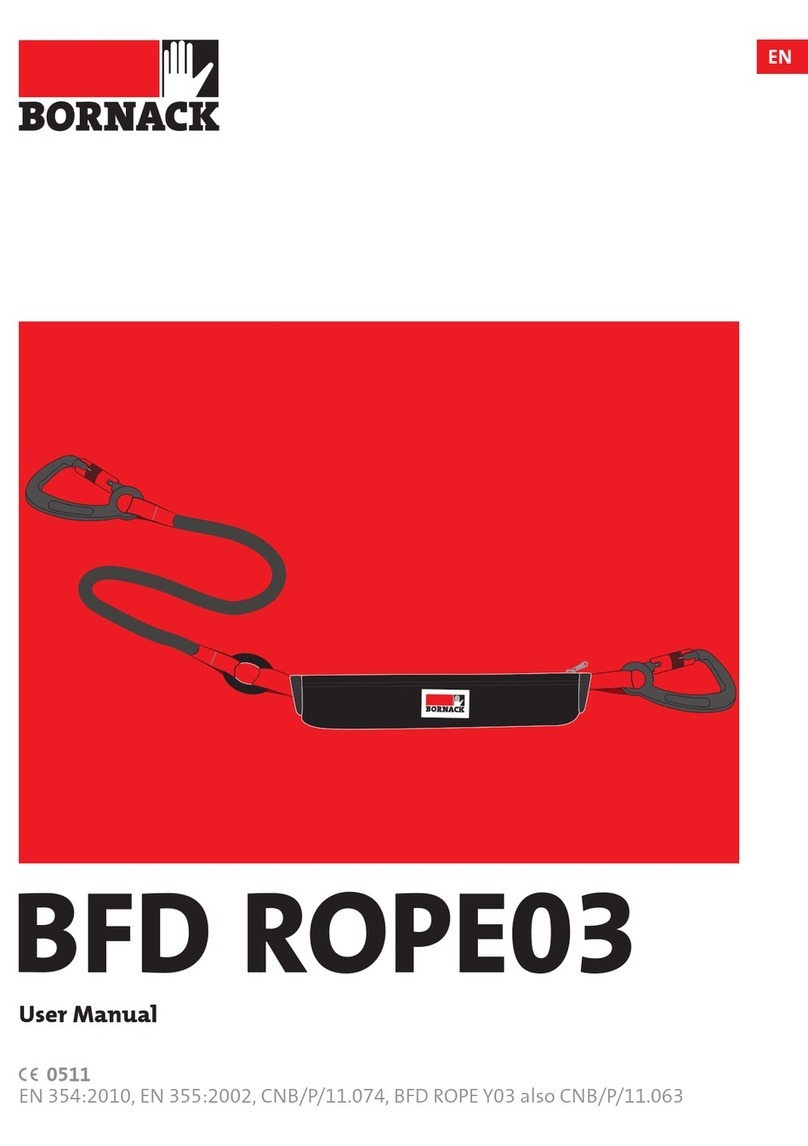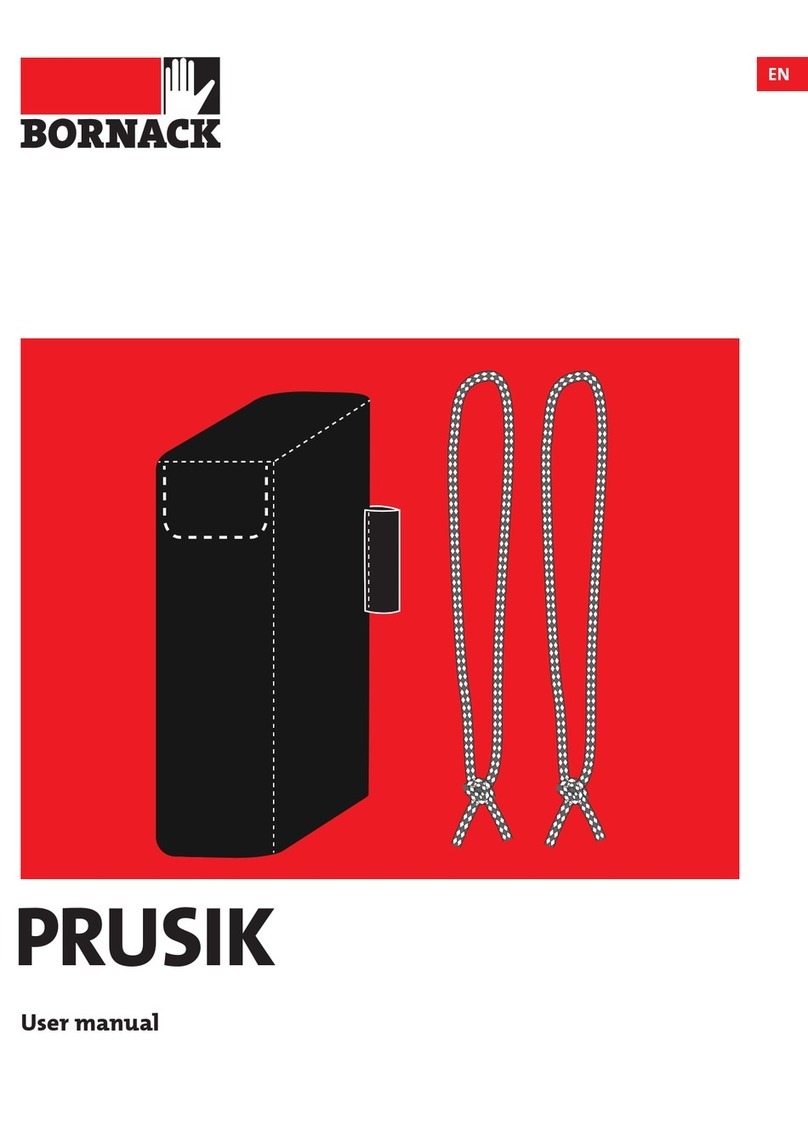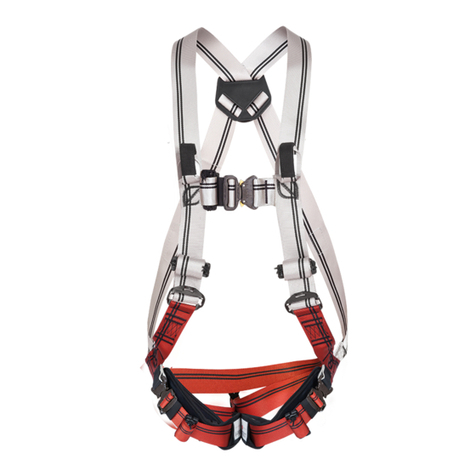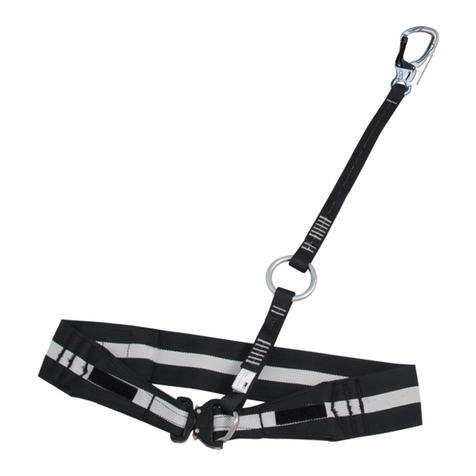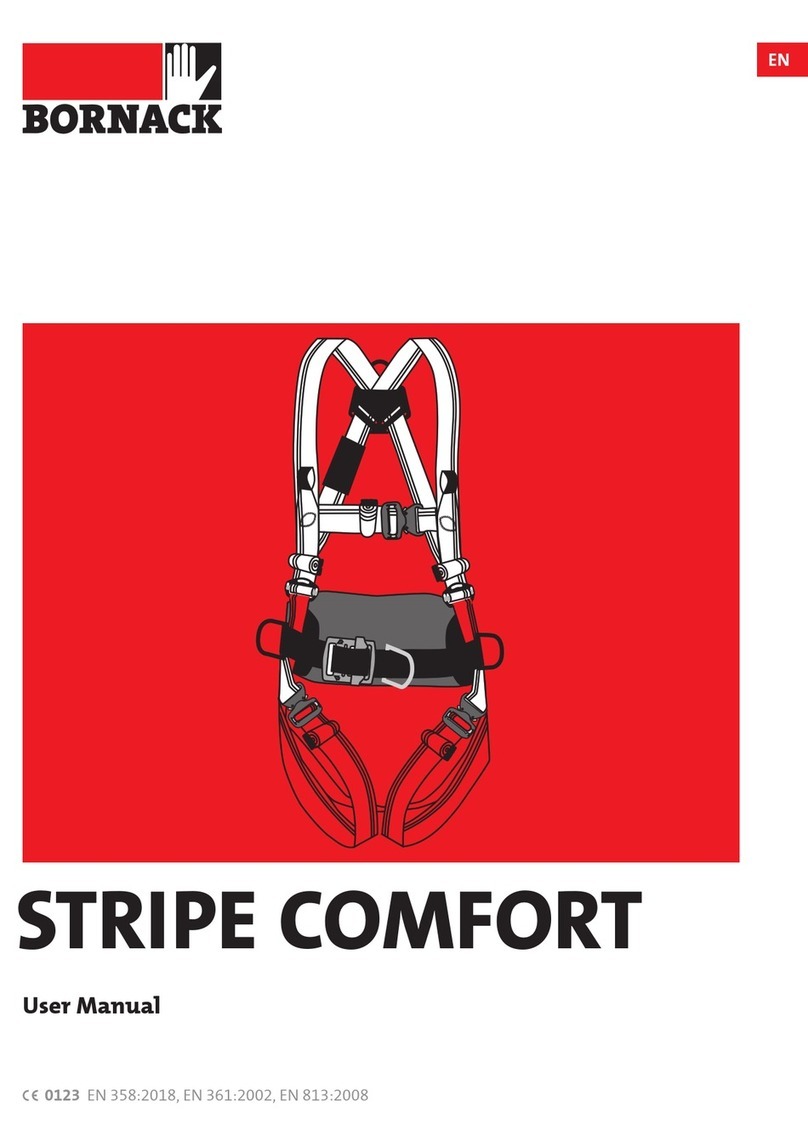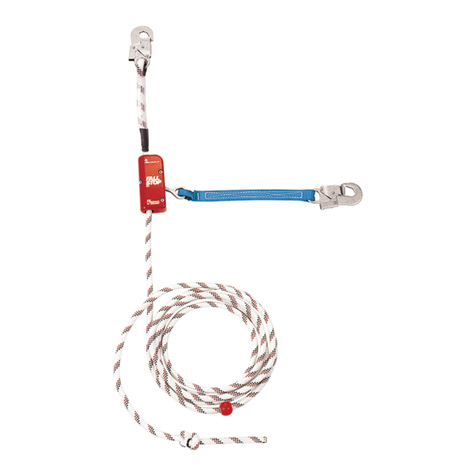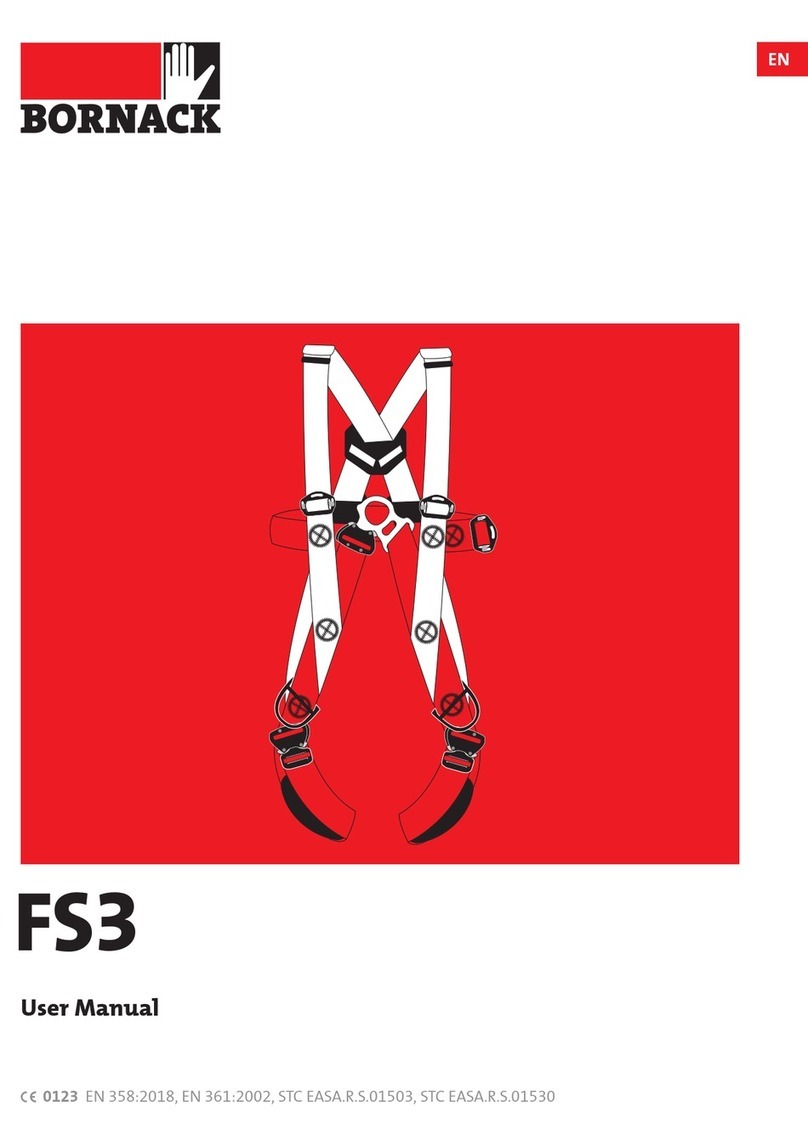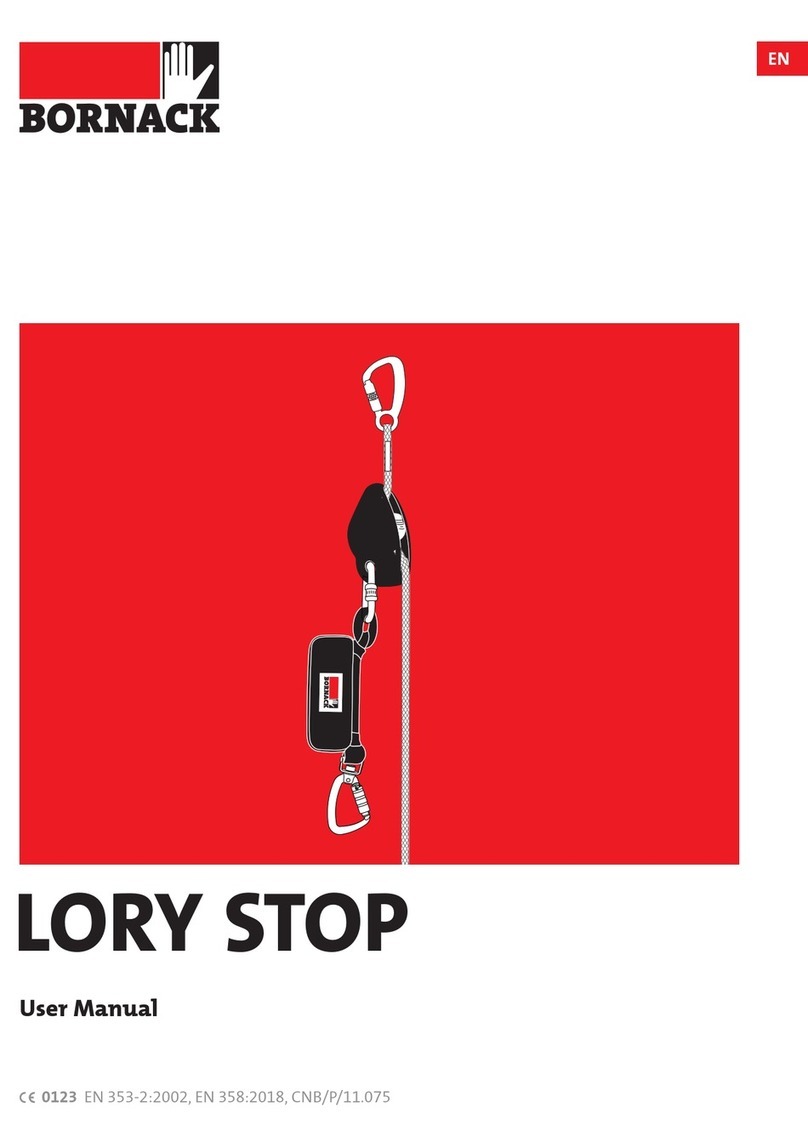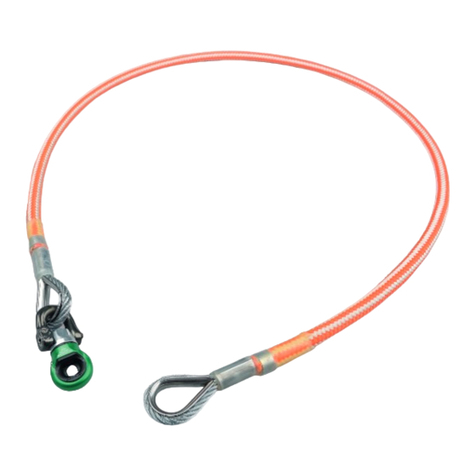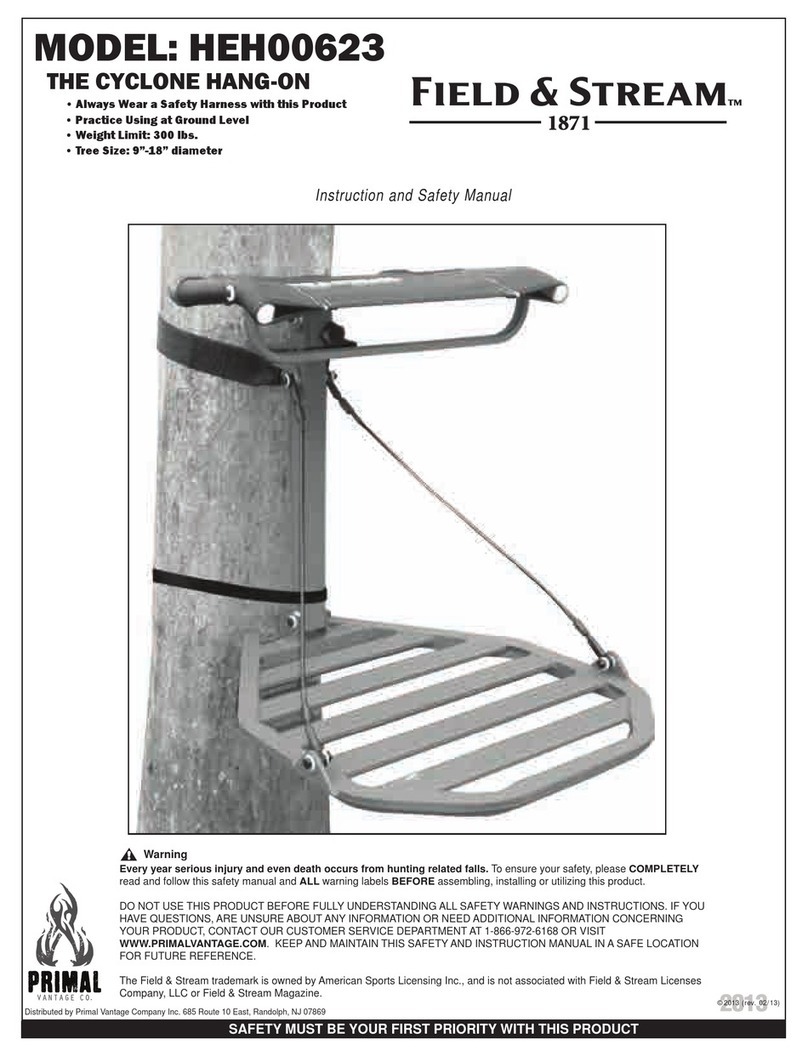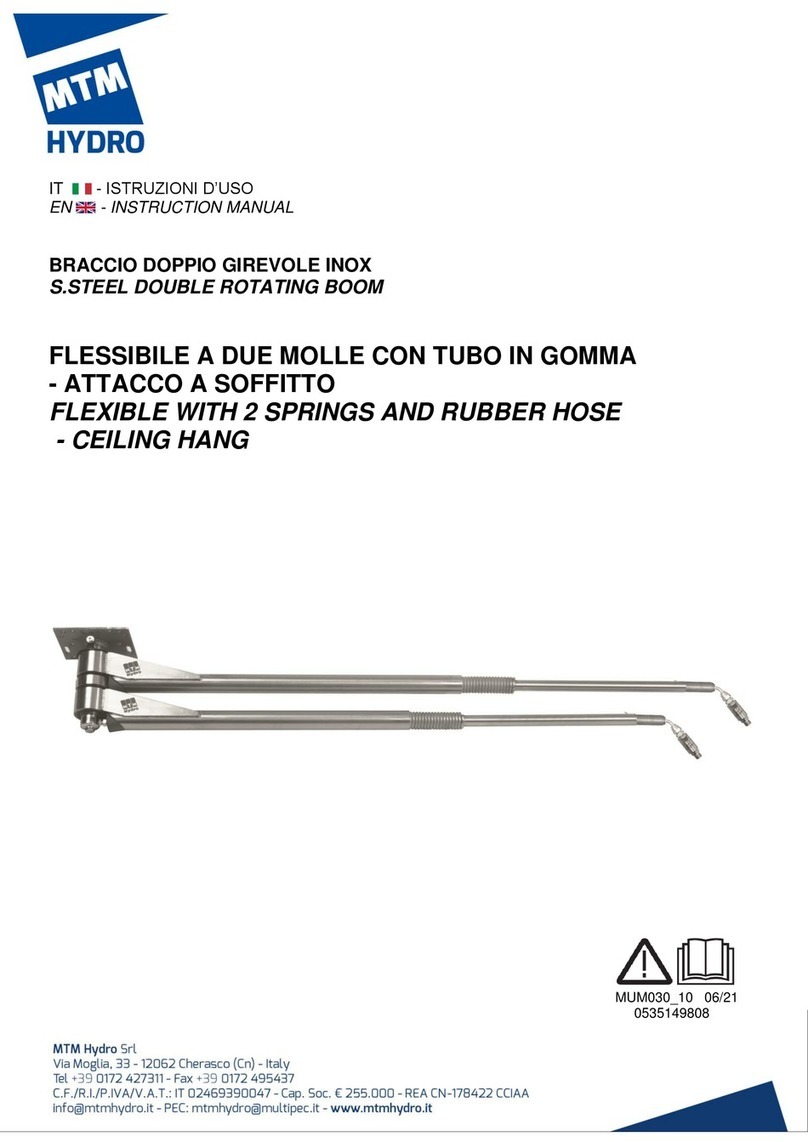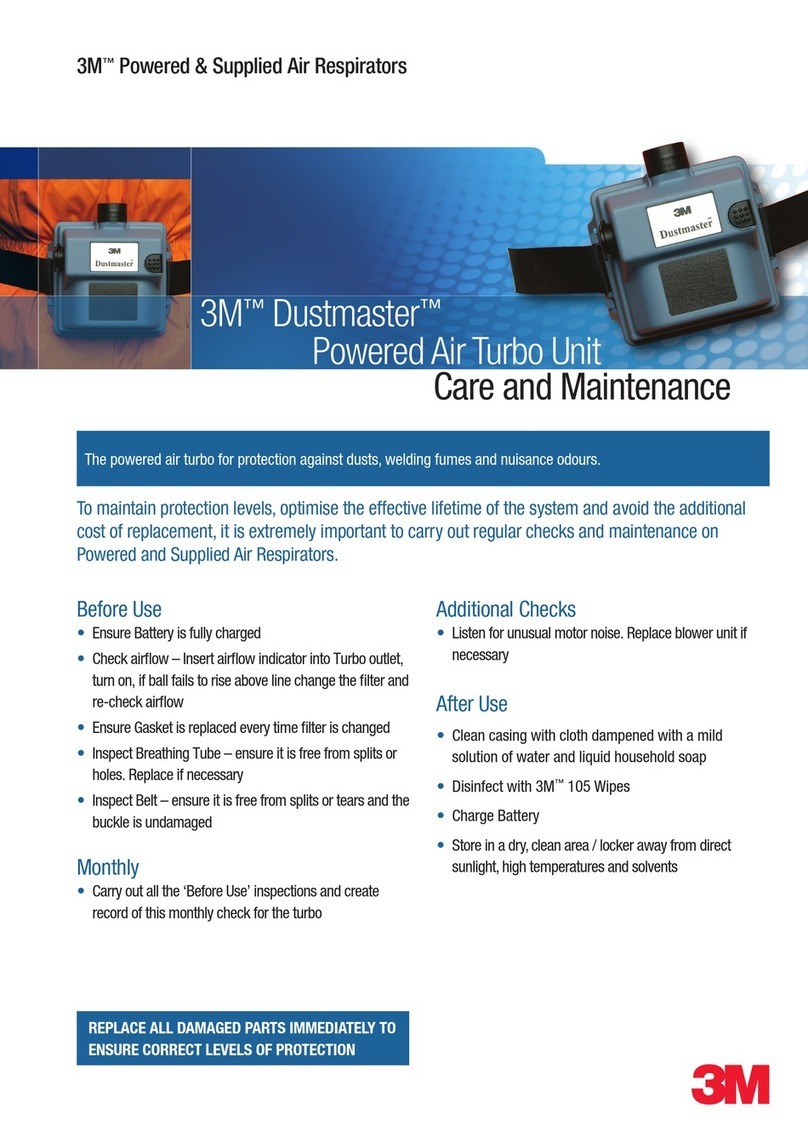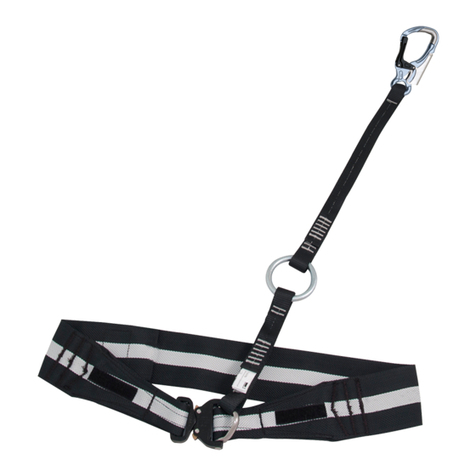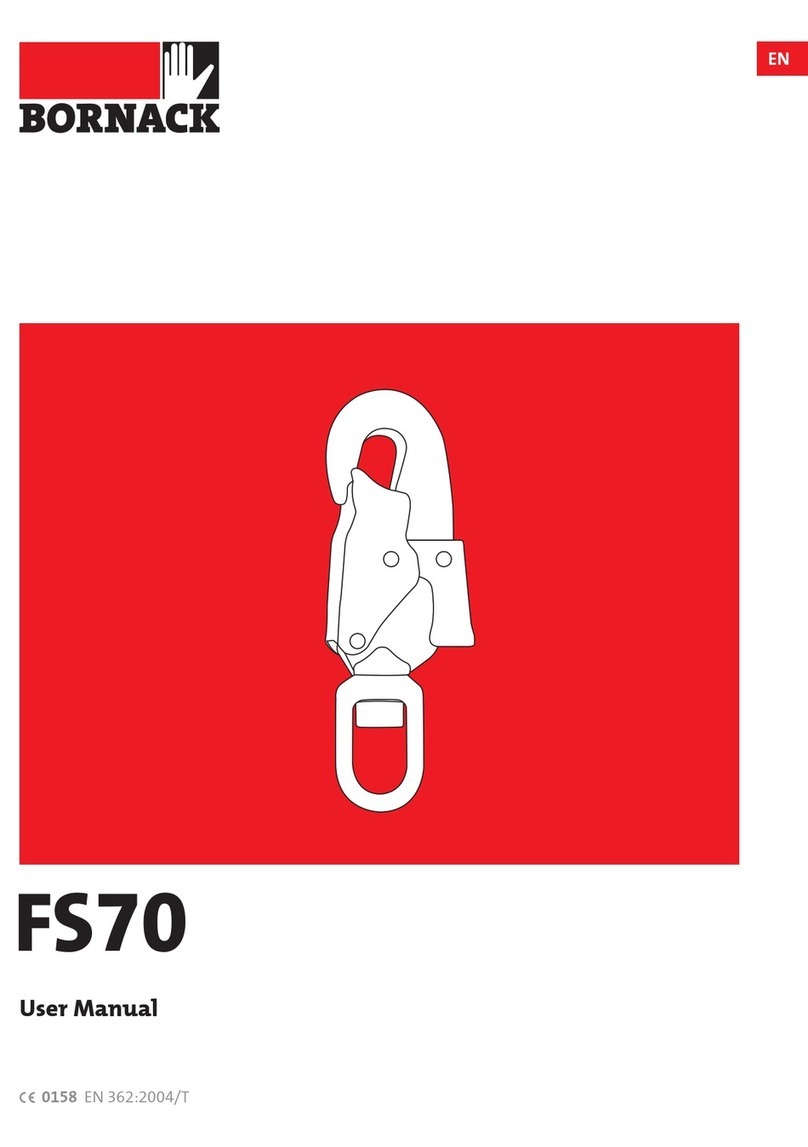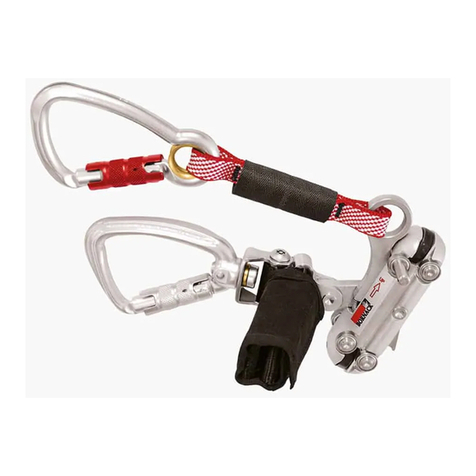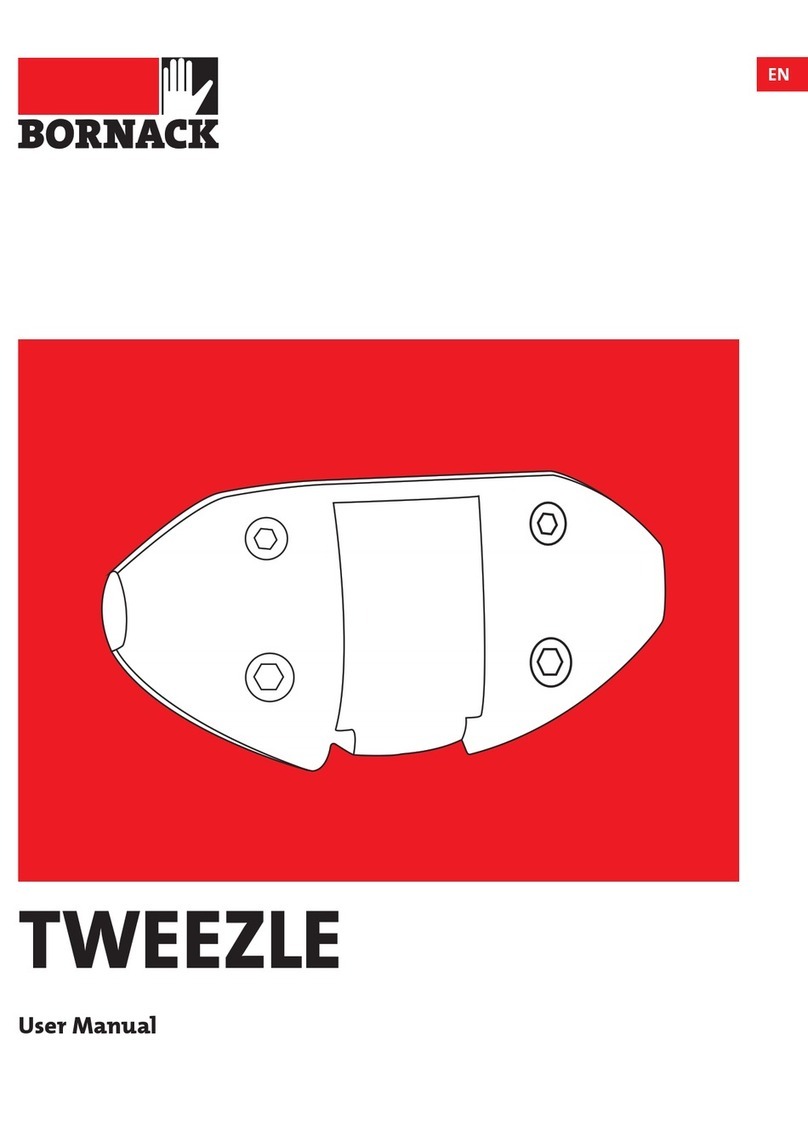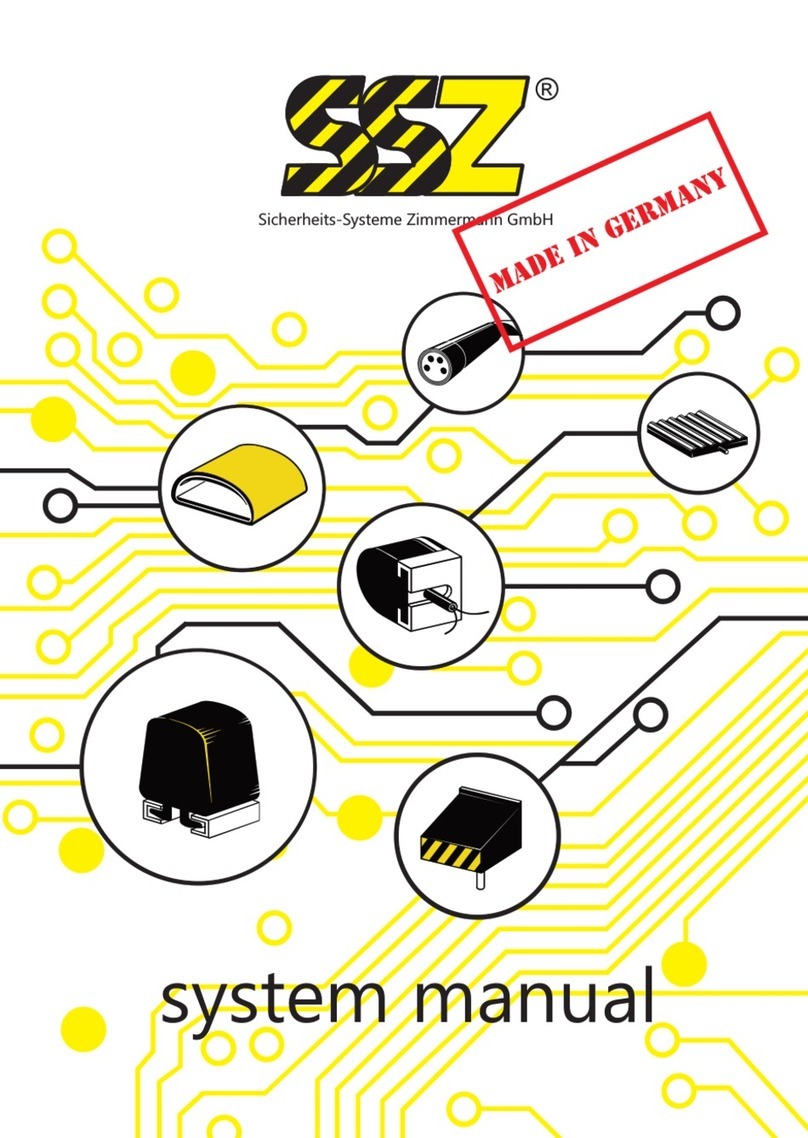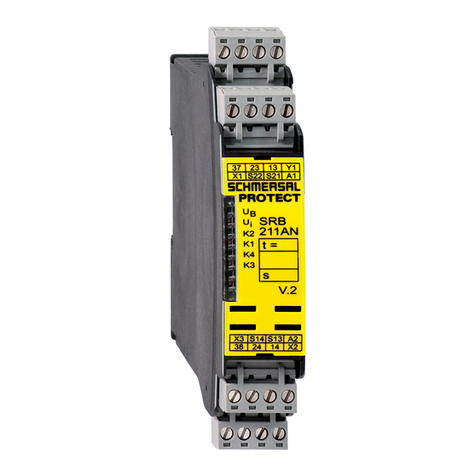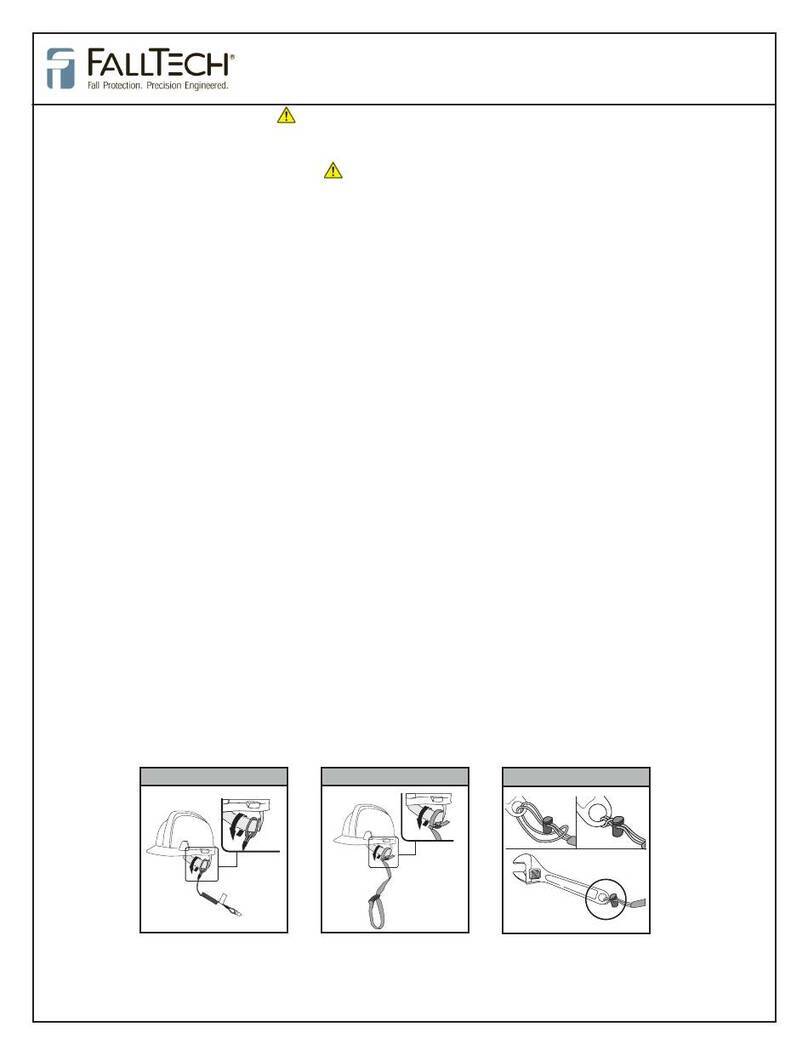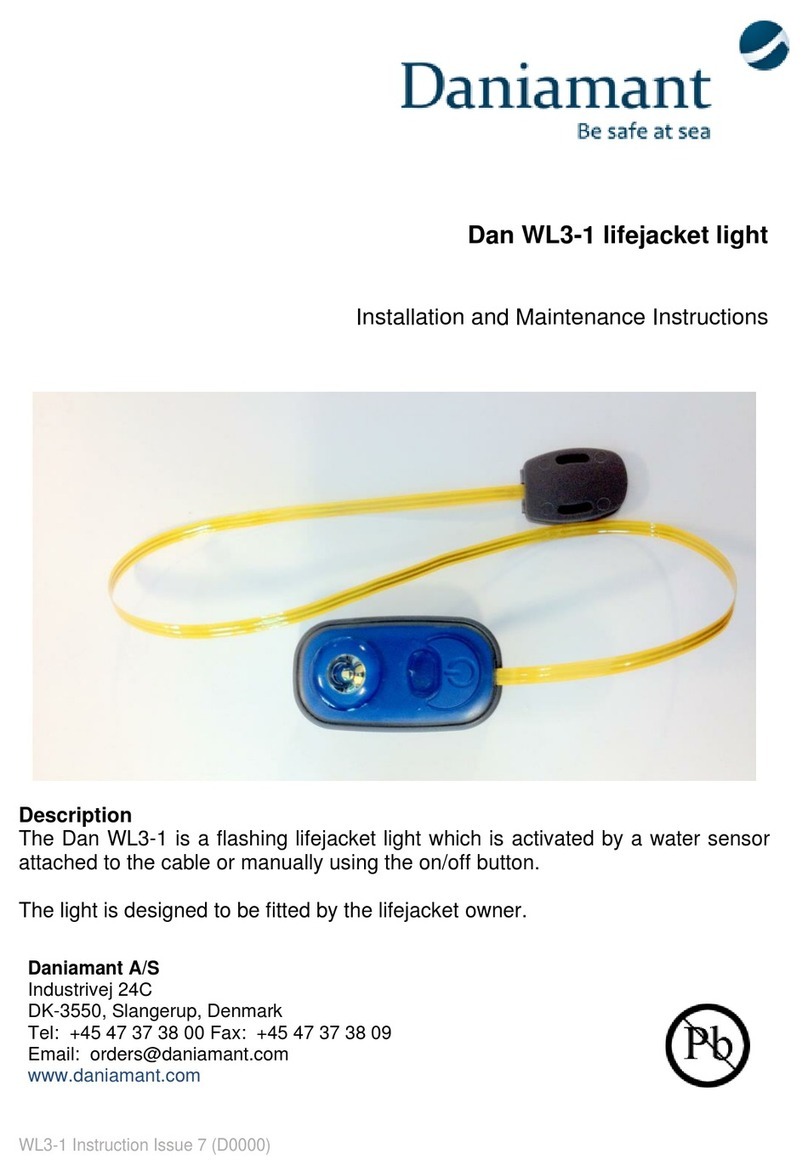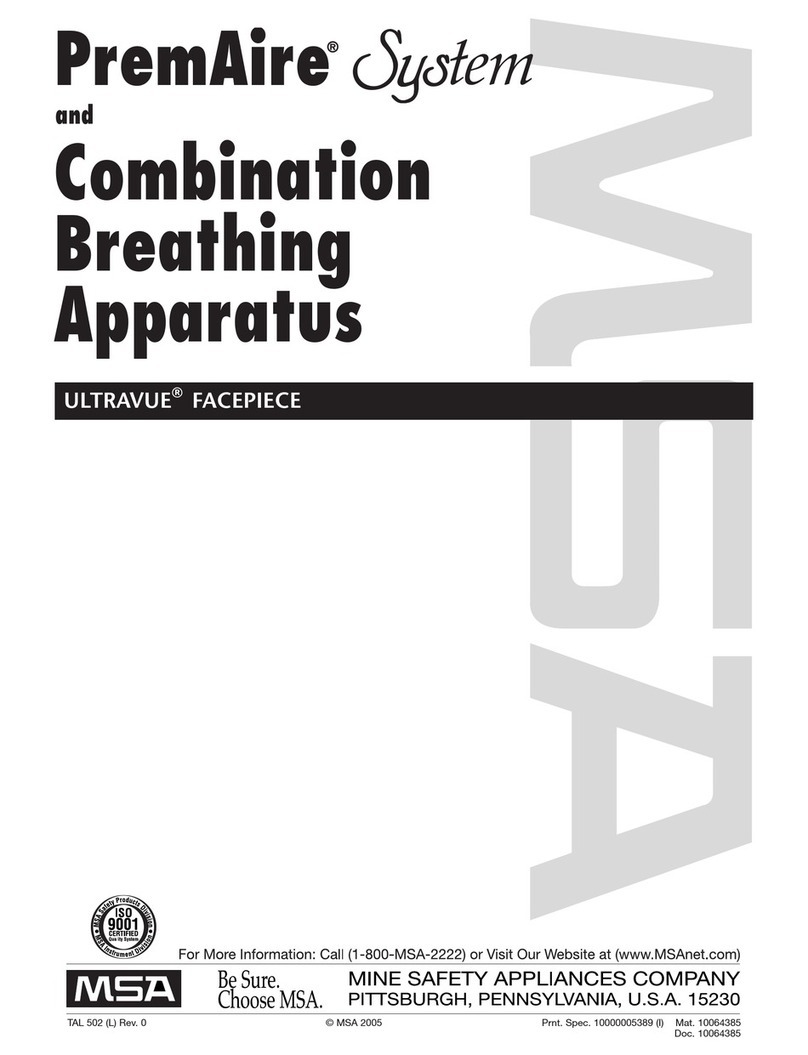
Safety instructions
There is a risk to life if these safety instructions are not
observed.
• If even the slightest of faults is detected during the
inspection, the personal protective equipment may
not be used.
• Damaged, fall-stressed, dubious personal protective
equipment or safety devices must be immediately
withdrawn and not used. The equipment may only be
inspected by an expert or a workshop authorised in
writing by BORNACK. This must be documented in the
test card.
• No independent changes or repairs may be carried out.
• This fall protection equipment is part of the personal
protective equipment and should be assigned to a specific
person.
• The personal protective equipment may only be used by
qualified staff that are familiar with the material. They
must be proficient in handling the personal protective
equipment and must have been briefed about the
possible risks associated with its use.
• In accordance with the accident prevention guidelines
(UVV) the users of fall protective equipment (Category III)
must attend a theoretical training course and a practical
training course. Make use of the training competence of
the BORNACK training centres: – BORNACK-hotline.
• Accessories from other manufacturers may only be used if
approved by BORNACK and may not impair the function
and safety of the protective equipment.
Clothing and shoes must be suitable for the task at hand
and the weather conditions.
• Only use the equipment if you are fully fit.
• The user should be healthy enough to ensure that safety
is not jeopardised under normal conditions or in
emergency situations.
• The anchor point for den rope protection must be
adequately strong (EN 795), min. 10.0 kN (for one person)
in the rope pull direction.
• Dry damp personal protective equipment before storing.
• Store away from light in a dry place.
• Do not store personal protective equipment close to
radiators.
Permanent temperatures of over +50 °C have a negative
impact on the strength of the textile material and will
reduce the life span.
• Do not allow personal protective equipment to come into
contact with aggressive substances (e.g. oils, grease, acids,
chemicals).
• Store the personal protective equipment in the
device case or device bag.
• If possible, select an anchor point overhead.
• The possible free fall height should be kept as short
as possible. The overall possible fall height should
be noted.
There is a risk of falling onto protruding parts of
structures or even onto the ground. Risk of injury
during swinging after a fall.
• This PPE has been tested for edge loads; however,
this external load always represents a higher risk.
This situation should be avoided by means of
preventive work or the equipment should be
protected from sharp edges (edge protection
collars).
• If this PPE is used as an arrester system (free fall is
possible), a full body harness in compliance with
EN 361 must always be used.
• Possible fall path if all required PPE components are
used correctly: brake path fall arrester (max. 175 cm)
+ (if necessary reaction time HSG) + physical height
(clear height of the PPE) + safety reserve 1 m.
• Choose the highest possible anchor point.
• Protect the personal protective equipment during
storage, use or transport from the effects of heat
(e.g. welding flame or sparks, hot cigarette ash) and
chemicals (acids, lyes, oils, etc.) and mechanical
effects (sharp edges etc.).
• Before starting work, the responsible person must
draw up a plan of rescue measures that defines how
to rescue casualties quickly and safely and ensures
first aid measures. Casualties must be rescued
within 10 to 30 minutes. BORNACK can help you
draw up tailor-made rescue plans in specific
training courses – BORNACK-hotmail.
• The local safety guidelines (e.g. in Germany, the
guidelines issued by the professional associations
BGR 198 and BGR 199) and the accident prevention
guidelines for the specific industry (UVV) must be
observed













